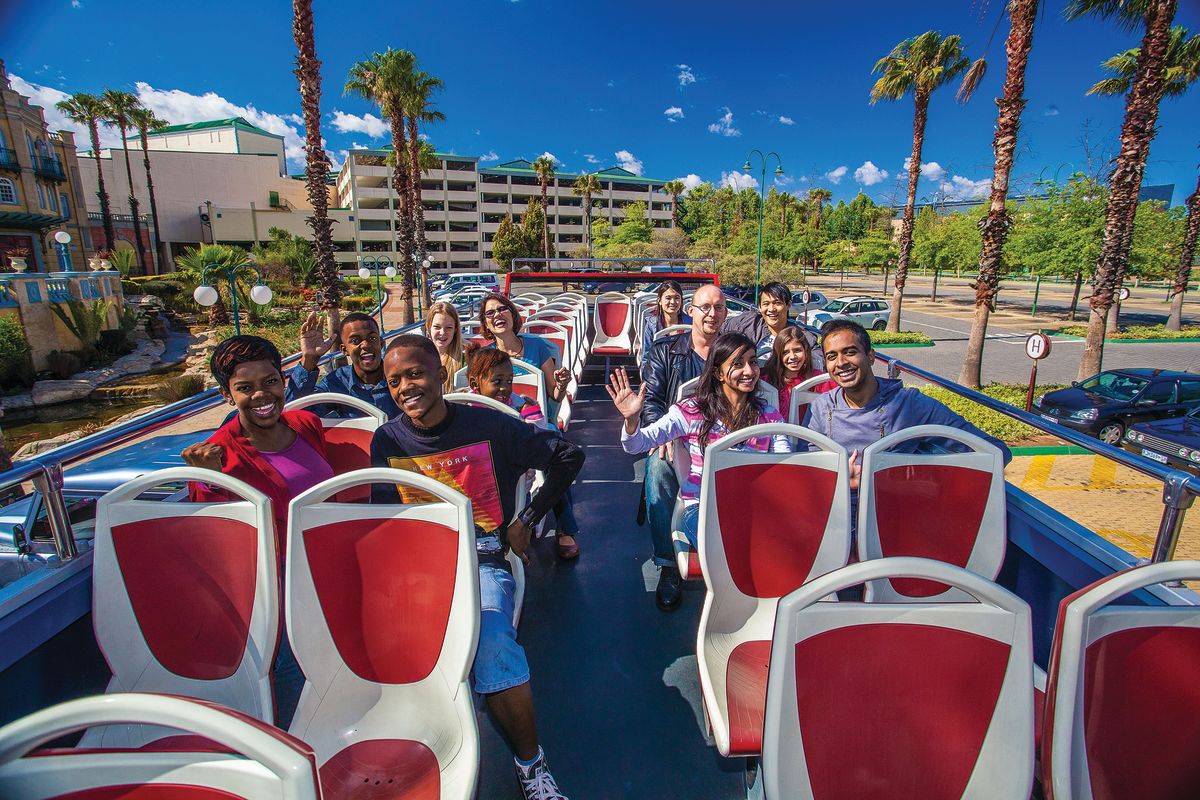The 15-Second Trick For Johannesburg North Attractions
The 15-Second Trick For Johannesburg North Attractions
Blog Article
All about Johannesburg North Attractions
Table of ContentsThe Buzz on Johannesburg North AttractionsA Biased View of Johannesburg North AttractionsTop Guidelines Of Johannesburg North AttractionsJohannesburg North Attractions - TruthsThe Single Strategy To Use For Johannesburg North AttractionsNot known Facts About Johannesburg North Attractions
The city grew on the edge of the Witwatersrand Key Coral reef, a subterranean stratum of gold-bearing quartz-silica empire that arcs for hundreds of miles below the Highveld - Johannesburg North attractions. Many of the gold mines in the city stopped operation in the 1970s, yet in its day the Witwatersrand gold sector accounted for even more than 40 percent of the globe's annual gold production.Johannesburg has a warm environment. Summer season temperatures average concerning 75 F (24 C); winter months temperatures average concerning 55 F (13 C) and only periodically dip listed below cold. The city delights in about eight hours of sunlight daily in both winter months and summertime. Rainfall standards regarding 28 inches (700 millimetres) per annum, yet the total differs significantly from year to year.
What rain the city obtains falls practically solely in the summertime, often in stunning late-afternoon electrical tornados. Air pollution positions a significant problem, especially in the cold weather, when thermal inversions hinder the westward circulation of air from the Indian Ocean. Air pollution is most serious in the largely resolved Black towns on the city's perimeter, where lots of residents still rely on coal for gas.

Johannesburg North Attractions for Beginners
The equilibrium of the city is inhabited by whites. Lodging differs in personality and high quality.
Physical growth, although rather restricted by transportation, continued rapidly as migration to South Africa, and Johannesburg in particular, boosted considerably.
Many bad suburbs were combined, with bad blacks and whites living together, although the well-off residential areas were usually scheduled for whites.
The previous system of eleven phoned number regions was reorganised in 2006. Marshalltown, as seen from the top of the Carlton Centre. The M1 and M2 run behind the buildings, and the southerly suburbs prolong past the highway limit. The inner city of Johannesburg is located within the city's Area F. The number of people living in the inner city on an informal basis is unidentified, as several are unlawful immigrants. The unemployment, education, and age accounts of the area are all unidentified, due to the problem of acquiring reliable details concerning the location.
Fascination About Johannesburg North Attractions
Centred on the CBD, the area consists of the suburban areas of Yeoville, Bellevue, Troyeville, Jeppestown, and Berea to the eastern. To the west it infects Pageview (Johannesburg North attractions) and Fordsburg. There are tiny enterprise zones to the south, such as City West-Denver and Benrose. Around 800,000 travelers pass via the central city each day, and it operates as a local shopping node for site visitors from the southern suburban areas. Yeoville and Bellevue have a mix of apartment and single domestic systems on tiny great deals. The region is located on a mountainous divide that ranges from east to west. The most obvious geographical function is Observatory Ridge, which is called for the huge observatory situated on it. The leisure rooms are no more utilized, as a result of security problems.

Johannesburg Stadium, a training ground for both the Golden Lions and Orlando Pirates, is nearby. The eastern residential areas of Johannesburg lie in the city's 7th [] and 9th [] regions. The area is likewise functionally incorporated with East Rand border towns beyond the official boundary of Johannesburg, such as Bedfordview and Edenvale (both component of Ekurhuleni Metropolitan Community).
How Johannesburg North Attractions can Save You Time, Stress, and Money.
R. Tambo International Airport). The eastern suburbs are some of the earliest locations of Johannesburg, there are big communities of Jewish and other European histories, the majority of the populace is English talking. There are three golf links as well as a variety of protected ridges with viewsites. There are a number of well-developed and up-market amusement and purchasing areas in the east such our website as the Eastgate Shopping Center and the Greenstone shopping center.
Originally developed to house male migrant employees, lots of have been improved as homes for pairs and family members. The suburban area was not traditionally the original source allowed to create employment centres within the location, so practically all of its residents are commuters to other components of the city.
Not known Facts About Johannesburg North Attractions
The N1 Western Bypass attaches the northern suburban areas with the north-western suburban areas. The property areas in the north residential areas are mainly formal, without any considerable locations of casual housing, or housing that lacks a permanent structure. This is a well-known location, there is a pattern of land usage adjustment from household to industrial, specifically along major arterial roads and around established nodes.
The area is well linked to road networks, particularly along the north-south axis created by the M1 and N1. Roadways to the eastern and west are less well developed, as there are no freeways taking a trip in that instructions. Towards the northern boundary of the city, the thickness of development decreases, leaving large locations of primitive land around Midrand.
The 5-Second Trick For Johannesburg North Attractions
The initial suburb to the north of the central city is Parktown, which is located on a hill ignoring the inner city and Hillbrow. It has numerous wealthy locals and Edwardian-design estates, along with Check This Out the Education and Clinical universities of the University of the Witwatersrand. The large concrete Charlotte Maxeke Johannesburg Academic Health Center controls the sky line of Parktown.
Report this page